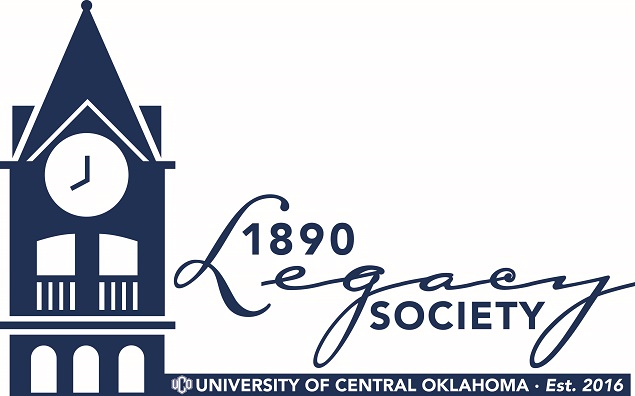Planned Giving - IRA Rollover FAQs

Planned Giving Home | Bequests | IRA Rollovers
Do IRS regulations limit the maximum annual exclusion at $100,000 per charity or in total?
You can contribute a combined total of $100,000 annually to the University of Central Oklahoma Foundation and the other charities that you want to support.
Is that limit $100,000 per person or per couple?
If you and your spouse have separate IRA accounts, each of you may make a transfer and exclude $100,000 from taxable income.
I will soon turn 70½. Can I take advantage of the IRA charitable rollover now?
No. According to the IRS, you must be at least 70½ at the time the distribution is completed, so you must wait until that milestone.
Can I make a transfer from my IRA to my donor-advised fund?
The IRS does not allow you to make tax-free IRA distributions to donor-advised funds, supporting organizations or private foundations.
What about other retirement plans? Can I transfer money from my 401(k) or Keogh?
The IRA charitable rollover only applies to IRAs—not to 401(k) or 403(b) plans, Keoghs, profit-sharing plans, SIMPLE IRAs, or SEPs. Please note that you may be able to roll some of your retirement assets into an IRA and then make your qualified IRA rollover contribution.
Can I deduct my IRA charitable rollover as a charitable gift?
No. Because it has not been subject to income tax, you cannot cannot deduct it as a charitable gift. Please remember that qualified IRA rollover gifts, which count against your required minimum distribution, are as valuable as a deductible contribution.
So, if I can’t deduct the gift, why should I take advantage of this opportunity?
Many donors view qualified distributions from their IRA as a way to manage their income. By excluding the qualified charitable transfer from income, they save additional money. For example:
• Using the IRA charitable rollover may save you from owing higher taxes on Social Security benefits and paying higher Medicare premiums.
• Lowering your adjusted gross income may lessen the likelihood of being subject to the 3.8 percent tax on net investment income.
• Making qualified charitable distributions from your IRA may reduce the amount of the “phase-out” for other deductions and credits.
Are there advantages with regard to adjusted gross income?
Since charitable deductions are limited by your adjusted gross income, an IRA charitable rollover allows you to maximize your charitable contributions while minimizing your adjusted gross income. An IRA charitable rollover allows especially generous donors to benefit from contributions beyond their adjusted gross income limits.
If you have more questions, please contact the UCO Foundation or call 405-974-2770.